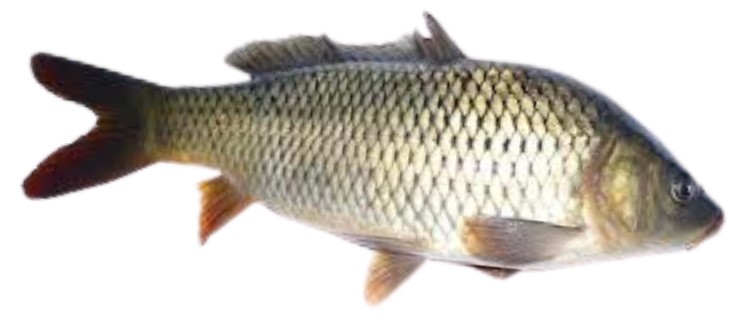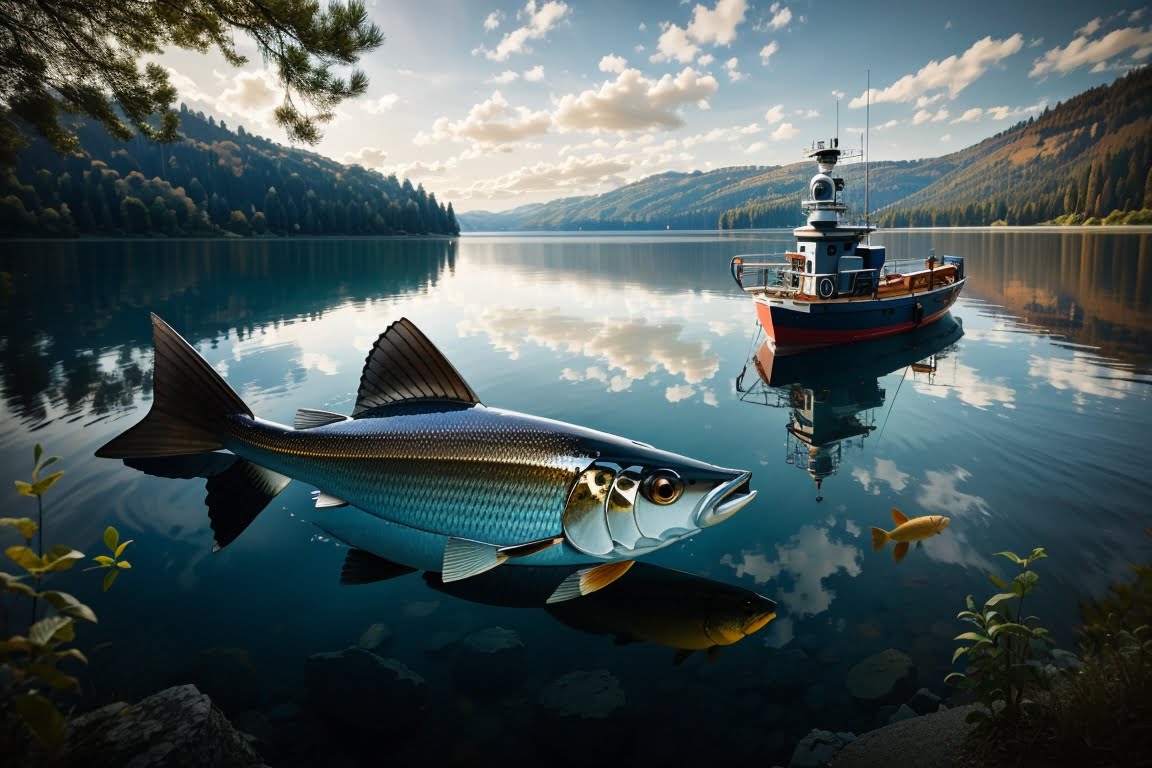Morphological Variation in Fishes: Teleost fish show great variation of body form, fins, scales and other characteristics of the body. This variation is of great taxonomic value, particularly at the lower taxonomic units.
Morphological Variation in Fishes
I) Body form:
i) Asymmetrical body: Some fish that take flat are exceptional in having a bilaterally asymmetrical body.
ii) Symmetrical Body: Majority of fish has a bilaterally symmetrical body form.
iii) Compressed form: The profile of the body is laterally compressed e.g. Butterfish.
iv) Depressed form: The body of fish is flat dorsoventrally e.g. Catfish.
v) Ribbon Like form: The body of fish is elongated but compressed laterally e.g. Ribbonfish.
vi) Globiform: The profile of the body is globe-like i.e. round in cross section.
vii) Filiform: The body is thread like i.e. highly off enumerated profile. ‘Morphological Variation in Fishes’
viii) Fusiform: The fish is streamlined or boat shaped the contour gently sweeps back from a maximum girth in cross section at about 1/3 of the length from the anterior end e.g. Tuna.
ix) Serpentine form: The body is snake-like i.e. cylindrical, elongate and sub cylindrical in cross section e.g. Eel.
II) Fins:
fin variation in structure with regard to the shape, position, number of rays or spines. The basis of variation is the varying extent which a fin plays a role in locomotion and maneuvering. Fins are the chief organs of locomotion in fishes and are of two kinds. “Incisor, Canine, premolar & Molar Teeth”
i) Median or unpaired
ii) paired
The median fins include [dorsal, caudal and anal] the dorsal on the back, on anal on the ventral side behind the ventral fin, and caudal at the end of the tail. ‘Morphological Variation in Fishes’
The paired fins include pectoral and pelvic fins. the pectoral and pelvic fins corresponding to the fore and hind limbs of terrestrial vertebrates. ‘Morphological Variation in Fishes’
A fin may be simple, provided with rays or spines or both. An adipose fin is fleshy and devoid of rays or spines. Some variations obtained in major fins are given below.
A) Dorsal Fin: The number may be one, two or even three (cod.) The dorsal fin may be rudimentary or altogether absent or greatly elongated. An elongated dorsal fin may occur as a single fin (Clarias) or broken into a number of isolated fin lets. ‘Morphological Variation in Fishes’
B) Anal Fin: It may be normal sized or greatly enlarged or completely absent. In Notopterus it may be enlarged into an elongate fin for propulsion. The anal fin may be modified into an intromittent organ called gonopodium.
C) Caudal Fin: The caudal fin when present displays a great variety of shapes some of the important variations are shown in figure.
D) Pectorals Fin: The fin usually found on each side of the body behind the gill opening; this pair of fins is found on the lower parts of the body in primitive forms of fish; corresponding to the forelimbs of higher vertebrates; united to form the disc in most rays. The pectoral fins are used for steering to change direction and as a brake to slow down or stop the movement. ‘Morphological Variation in Fishes’
E) Pelvic or ventral fin: The paired fin which is located posterior, ventral or anterior to the pectoral fins (abdominal, thoracic or jugular in position). It functions to steer, brake and propel the fish and acts as a keel. In the pelvic fin ray count usually all the rays are counted except a small ray preceding the first ray and usually bound so closely to it so as to require dissection to be seen.
III) Mouth, Snout, Jaws And Teeth:
Some important variations are noted below-
The mouth may be terminal, superior or inferior snout may be pointed, rounded, tubular and overhanging the mouth jaws may be normal or projecting. When projecting, either both jaws are projecting or only one of the jaws (upper or lower). Teeth on one jaw may be cardiform (short and pointed), Villiform (large pointed) canine like (piercing, dog tooth or fang like), incisor (sharp cutting), comb like or molariform (crushing and grinding). Teeth may be found on sites other than jaws, such as vomerine teeth (on vomer bone), pharyngeal teeth (on gill arches) and tongue teeth (on the tongue). ‘Morphological Variation in Fishes‘
 |
| Types of snout and jaws |
IV) Body Colouration and Scales:
Colouration in fishes is due to the presence of two types of special cells called the chromatophores and iridocytes. The chromatophores are branched connective tissue calls situated in the dermis either above or below the scales. These cells contain various kinds of pigment granules, which may be Carotenoids (yellow, Red), Melanins (Black), Flavines (Yellow), Purines (white or silvery), Pterine (White), Porphyrins and bile (Red, Yellow, Green, Blue, and Brown), Indigoid (Blue, Red, Green), Chromolipoid (Yellow to Brown). Depending upon the colour of the pigments the chromatophores are designated as-
- Erythrophores (Red, or Orange)
- Xanthophores (Yellow)
- Melanophores (Black)
- Leucophores (White)
The iridocytes contain a crystalline substance guanine, which is opaque, whitish or silvery (mirror hue). A large number of Teleostean fishes are brightly and brilliantly coloured others are of more uniform and sober shade. Colouration is mainly due to skin pigments but the background colour may also be due to underlying tissue and body fluids. ‘Morphological Variation in Fishes’
Scales: Scales are integumentary derivatives. Their types, distribution, modification or absence as well as scale counts have diagnostic value in taxonomy. Scalation presents a great range from an imbricating pattern (carps) to mosaic pattern. However, scales are completely absent in most catfish. Four types of scales are present in fishes as follows.
i) Tooth like (placoid scales)
ii) Diamond shaped (rhombic scales)
iii) Disc like with caudal exposed margin smooth (cycloid scales)
iv) Disc like with caudal exposed margin toothed (ctenoid scales) ‘Morphological Variation in Fishes’
Scales may undergo modification, often beyond recognition, some glaring examples of modification include fin spines and rays, and teeth on snout of sawfish, scutes on the belly of clupeids. Scales may develop as thick plates covering the body, forming dermal armour, on encasement of body in a rigid case or a semi rigid case.
 |
| Types of Scales |








